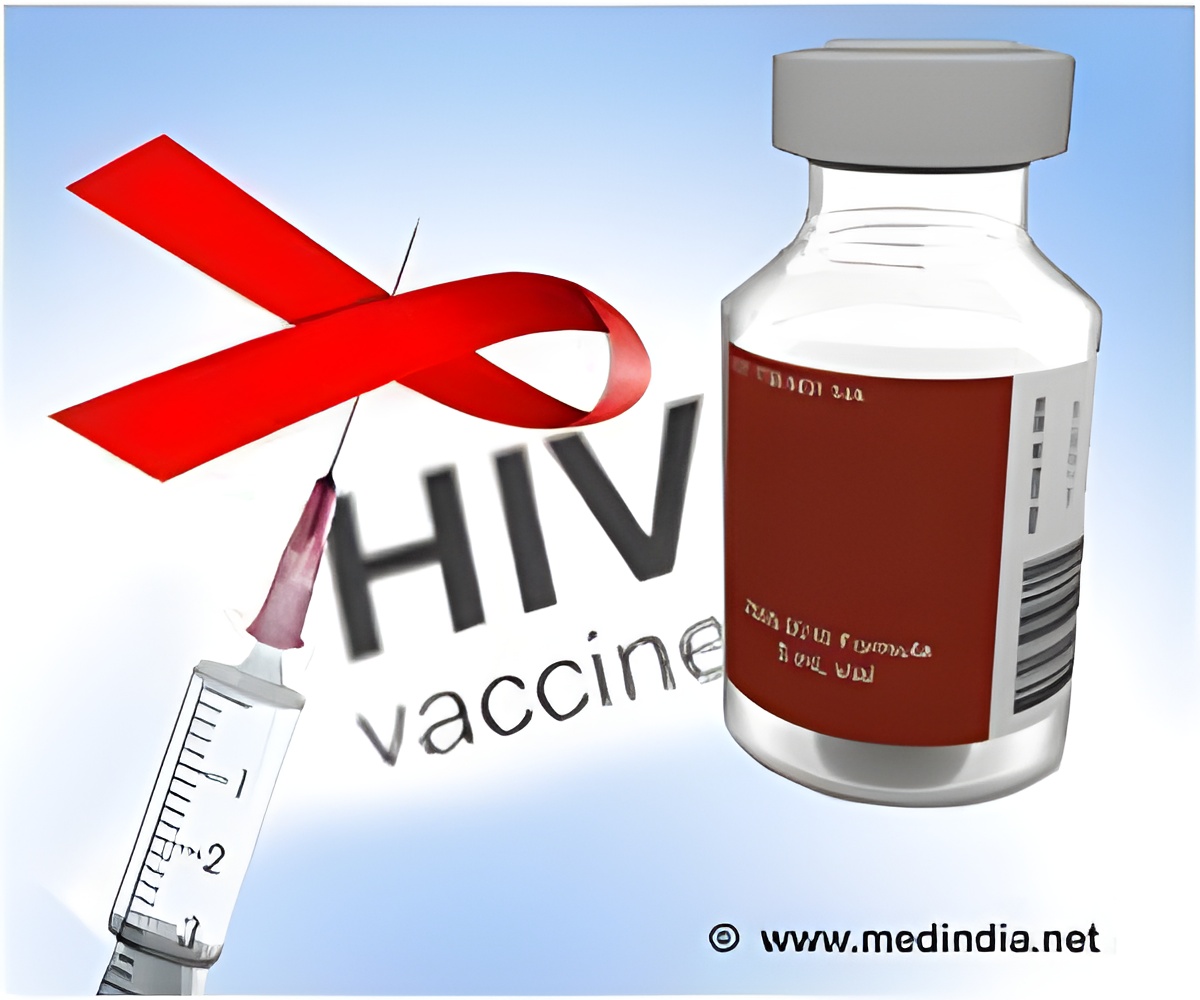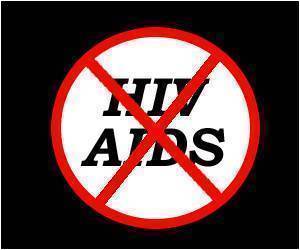
The research will help focus HIV vaccine development efforts, which have tried for decades to slow the spread of a virus that currently infects more than 33 million people and has killed 30 million more. The team reported the findings online in the Jan. 13 early edition of Proceedings of the National Academy of Sciences.
"One reason vaccine development is such a difficult problem is that HIV is exceptionally good at evading the immune system," said Bruce Donald, an author and professor in Duke's computer science and biochemistry departments. "The virus has all these devious strategies to hide from the immune system."
One of those strategies is a dramatic structural transformation that the virus undergoes when it fuses to a host cell. The envelope protein complex is a structure that protrudes from HIV's membrane and carries out the infection of healthy host cells. Scientists have long targeted this complex for vaccine development, specifically its three copies of a protein called gp41 and closely associated partner protein gp120.
The authors said they think about a particular region of gp41, called MPER, as an Achilles' heel of vulnerability.
"The attractiveness of this region is that, number one, it is relatively conserved," said Leonard Spicer, senior author and a professor of biochemistry and radiology. In a virus as genetically variable as HIV, a successful vaccine must act on a region that will be conserved, or similar across subtypes of the virus.
Advertisement
Source-Eurekalert














